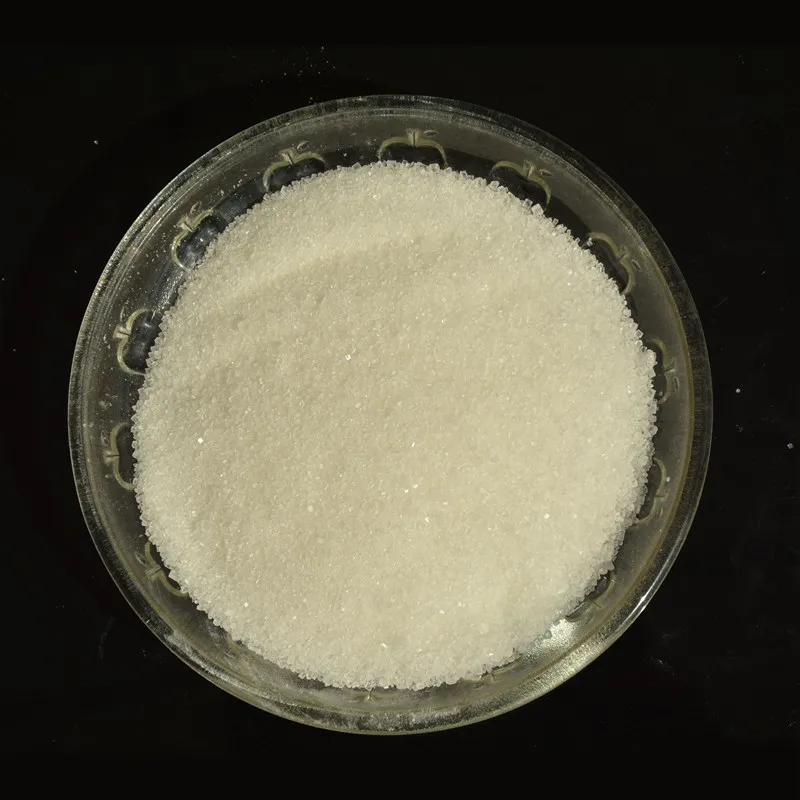ធ្នូ . 19, 2024 11:38 Back to list
reciprocating hydraulic cylinder product
Understanding Reciprocating Hydraulic Cylinders
Hydraulic systems are pivotal in various industries, from construction to manufacturing, thanks to their ability to convert fluid power into mechanical energy. At the heart of many hydraulic systems lies a crucial component the reciprocating hydraulic cylinder. This device plays a fundamental role in powering a range of machinery, enabling motion, lifting heavy loads, and performing intricate tasks with precision.
What is a Reciprocating Hydraulic Cylinder?
A reciprocating hydraulic cylinder is a type of actuator that converts hydraulic energy into linear motion. It consists of a cylindrical chamber filled with hydraulic fluid, a piston that moves back and forth within that chamber, and two ports for fluid entry and exit. The design allows for the efficient transfer of force generated by the pressurized fluid to the piston, resulting in movement that can be used to perform work.
Typically, these cylinders are classified into two main types single-acting and double-acting. Single-acting cylinders utilize hydraulic fluid to move the piston in one direction, with a spring or gravity returning it to its original position. In contrast, double-acting cylinders can move the piston in both directions, using hydraulic pressure for driving it forward and returning, making them more versatile and powerful for various applications.
Key Components of Reciprocating Hydraulic Cylinders
1. Cylinder Barrel This is the main outer body of the cylinder, housing the piston and providing a sealed environment for the hydraulic fluid. 2. Piston The piston is crucial as it divides the cylinder into two chambers. When hydraulic fluid is introduced into one side, it generates enough pressure to push the piston, resulting in linear motion. 3. Rod The piston rod extends from the cylinder and connects to the equipment or machine that requires movement or force. It is designed to withstand significant loads and stresses.
4. Seals Seals are essential for preventing hydraulic fluid from leaking out of the cylinder. They provide a tight fit around the piston and other moving parts, ensuring efficient operation and preventing contamination from external sources.
5. Ports Hydraulic cylinders usually have one or two ports through which the hydraulic fluid enters and exits, allowing fluid to exert force on the piston.
Applications of Reciprocating Hydraulic Cylinders
Reciprocating hydraulic cylinders are widely used in countless applications due to their reliability and efficiency
. Some notable applications includereciprocating hydraulic cylinder product

- Construction Equipment Excavators, loaders, and cranes utilize hydraulic cylinders for lifting and moving heavy materials. - Manufacturing In factories, these cylinders are employed in assembly lines for pushing, lifting, and holding components during production processes.
- Agricultural Machinery Hydraulic cylinders are used in tractors, combine harvesters, and various other farm equipment to facilitate operations like plowing, lifting, and transporting.
- Automotive Applications In automotive repair and servicing equipment, hydraulic cylinders can lift vehicles, press components, and perform various other functions.
Advantages of Reciprocating Hydraulic Cylinders
1. High Power-to-Weight Ratio Hydraulic cylinders can generate substantial force relative to their size, making them highly effective for heavy-duty applications.
2. Smooth Operation The hydraulic system allows for smooth and controlled movements, enhancing precision in various tasks.
3. Durability and Longevity With proper maintenance, reciprocating hydraulic cylinders can last for years, providing reliable operation in demanding environments.
4. Versatility These cylinders can be engineered to meet specific requirements, making them suitable for a diverse range of applications across different industries.
Conclusion
Reciprocating hydraulic cylinders are essential components in many modern mechanical systems, providing powerful and efficient linear motion. Their versatility, durability, and high efficiency make them integral in various sectors, from construction to agriculture. Understanding their operation and applications can help businesses optimize their hydraulic systems, leading to enhanced productivity and performance. As industries continue to evolve, the role of hydraulic cylinders will only become more significant, driving innovation and progress in mechanical engineering.
-
High-Precision [90/105-50-180-480] Industrial Component | Durable & Reliable
NewsAug.27,2025
-
High-Performance Set of 50/60-45-290 471 | Durable & Reliable Components
NewsAug.26,2025
-
Efficient Pallet Truck Power Units - Reliable Hydraulic Systems
NewsAug.25,2025
-
Premium Set of 50/60-45-290 471 Parts | High Performance
NewsAug.24,2025
-
Efficient & Reliable Double Acting Power Unit | Hydraulic Solutions
NewsAug.23,2025
-
1.5 Ton Turbocharged Cylinder 80/95-40/60-35-124 | High Performance
NewsAug.22,2025
